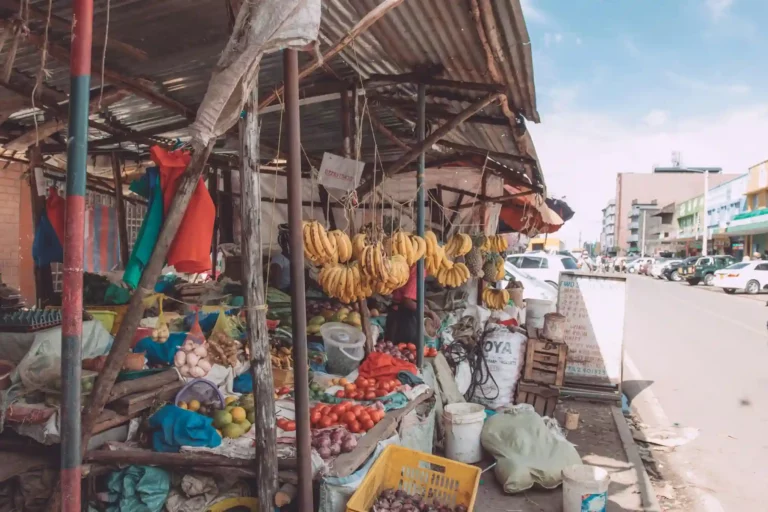The Central Bank of Kenya’s latest Market Perception Survey signals a significant weather-driven impact on upcoming food prices.
The survey, conducted between January 13 and 17, 2025, found a sharp increase in the proportion of respondents citing weather conditions (floods, drought) as a key price driver, rising from 62% in November 2024 to 86% in January 2025.
“This was influenced to a large extent by the higher temperatures in January 2025 relative to the long-term mean for the month,” said the CBK in its Agriculture Survey for January.
In January 2025, price increases were observed for several food items compared to December 2024. These included loose maize flour, fresh unpackaged cow milk, spinach, kale (sukuma wiki), tomatoes, carrots, and onions.
These increases largely reflect seasonal factors associated with the typically dry month of January, as well as the impact of the inadequate short rain season (October-December 2024) reported in some regions.
Some farmers surveyed indicated insufficient rainfall during critical crop development stages. Prices for other food commodities, including sugar, wheat flour, bread, and packaged milk, remained stable compared to the previous month.
The survey also revealed a notable increase in labour costs, with 64% of farmers citing this as a key factor in January 2025, compared to 43% in November 2024.
“Optimism on agriculture performance and overall economic performance remained high though relatively low compared to November 2024.”
In January, the Kenya Meteorological Department (Kenya Met) issued a forecast predicting near to below-average rainfall in key agricultural regions, particularly Central Kenya.
“The national consolidated forecast indicates near-to-above-average rains of the Lake basin, parts of the southeast lowlands, and the extreme northwest,” Dr David Gikungu, Director of Kenya Met, projected in their national consolidated forecast for the March to May 2025 forecast.
“Parts of the northwest, north, and central Rift and the highlands east of the Rift Valley indicate near to below average. The rest of the country is expected to receive below-normal rainfall.”
This forecasted weather pattern poses a significant risk to food production and could further exacerbate food price increases.
To mitigate potential food shortages, Kenya Met advised the government to implement measures such as food imports, livestock destocking, and cash transfers to vulnerable communities




